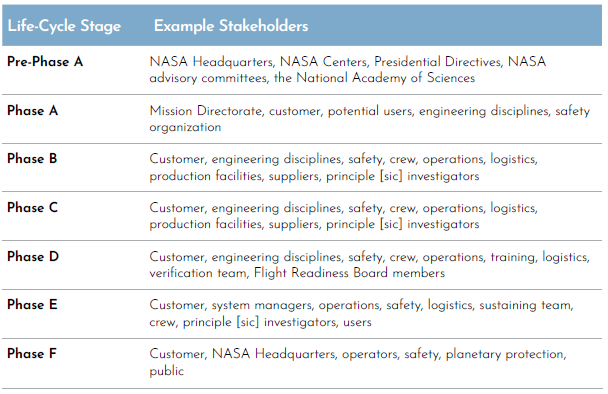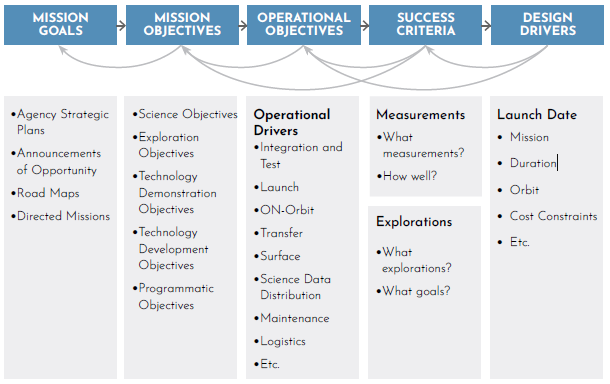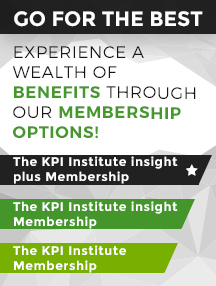A Winning Formula: Incorporating Stakeholders’ Perspectives for Effective Strategy Execution

Image Source – Freepik
The complexity of the world today is affecting many layers of society, from global governments to companies to professional and personal pursuits. What this means for organizations is their decisions and actions are influenced by the new intricacies brought about by technological advancements, globalization, cultural diversity, and consumers’ increasing sophistication. Strategizing for success in such an environment has become more complex due to the varied interests, goals, and expectations of stakeholders.
The challenge for organizations is to recognize and reconcile these diverse interests while aligning them with the overall mission and objectives of the enterprise.
Therefore, organizations should address and enhance stakeholder engagement and incorporate their feedback during strategy execution to minimize any negative impacts and increase the likelihood of successful plan implementation. A proactive approach is required to meet these challenges, starting with the early identification of stakeholders and the analysis of their expectations and interests. After identification, it is essential to group stakeholders according to specific criteria. This ensures a certain degree of consistency in the approach and organizational messaging and helps address their expectations uniformly.
Read More >> Partnering for sustainability: stakeholder engagement in ESG strategy
The National Aeronautics and Space Administration (NASA) is an example of an organization that manages the involvement of its stakeholders. NASA provides some examples of stakeholders identified using a Life Cycle Stage approach. Considering the planetary impact of its missions—”NASA explores the unknown in air and space, innovates for the benefit of humanity, and inspires the world through discovery”—a broad spectrum of stakeholders is involved, from internal staff to the planetary environment and the public (see Figure 1).

Figure 1. NASA Stakeholder Identification throughout the Life Cycle | Adapted from the NASA website
NASA has an extensive approach to stakeholder identification and their expectations. The organization links them with the strategic objectives that the mission is meant to achieve. Understanding the mission objectives ensures that the project team collectively works toward a shared vision.
NASA also acknowledges the importance of involving stakeholders in all phases of a project. According to the organization, this involvement should be incorporated as an intrinsic “self-correcting feedback loop,” significantly improving the likelihood of mission success.
Capturing this comprehensive feedback is crucial as it avoids unexpected features emerging later in the life cycle. For example, space asset protection may call for certain design modifications, which could be costly to incorporate into a system that has already been developed. Reaching an understanding between the technical team and stakeholders about what is expected or intended for the system/product is crucial in the operational execution of the mission.
The organization ensures that the technical team comprehensively grasps the expectations and how they can be fulfilled by the product. Furthermore, it ensures that the stakeholders have reached a consensus on this understanding. In situations where it is determined that there are gaps or unclear statements, this procedure could lead to further improvement of the first set of stakeholder expectations.

Figure 2. NASA Information Flow for Stakeholder Identification | Adapted from the NASA website
One reason for strategy execution failure often stems from neglecting stakeholders who wield a significant influence over implementation. Early engagement ensures that diverse perspectives are considered during the strategy development phase, leading to a more comprehensive and well-informed plan. Continually engaging stakeholders fosters a culture of transparency, trust, and accountability throughout execution.
Read More >> The Power of Change Management in Strategy Execution
Effective stakeholder management requires two things throughout the process: communication and active collaboration. As the organization advances through strategy execution, ongoing communication and collaboration with stakeholders help in addressing challenges, obtaining valuable feedback, and making necessary adjustments in real-time.
Therefore, an inclusive and continuous approach to stakeholder involvement at all stages of strategy execution is a key driver for success, ensuring that the strategy remains adaptable, responsive, and aligned with the overarching goals of the organization.
**********
Editor’s Note: This was originally published in Performance Magazine Issue No. 29, 2024 – Strategy Management Edition.


